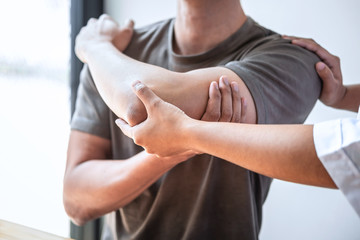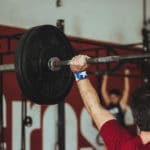
Why an Effective Recruitment Pattern is critical in avoiding movement injuries
When it comes to movement, there is no question that quality is far more important than quantity. But what exactly does quality movement really mean? It comes down to muscle recruitment, way in which specific muscles will turn on and off to allow the movement. They use the easiest way to produce the least amount of force required. Continue reading to learn more about muscle recruitment patterns.
Muscle recruitment describes a motor neuron (a nerve) and all the individual muscle fibers that it innovates. Some muscles such as the quadriceps, have a high ratio of muscle fibers to motor neurons. This is because they are a powerful muscle group responsible for displaying force very quickly. Other muscles such as hand or eye muscles, have much lower ratios as they use more precise, refined movement. As a result, order in which we innovate different muscles is important for quality and efficiency of movement.
For muscle recruitment patterns, it’s also important to mention a principle that governs the order of recruitment, termed Henneman’s size principle. It states that smaller muscles are recruited first as they are highly fatigue resistant and produce small amounts of force. Once these motor units have been recruited and we need more force production, larger motor units will be activated as they are more prone to fatigue due to their high force output, making them ideal to use during the late stages of force generation. This synergistic activation between smaller and larger motor units is what allows smooth, efficient and effective movement patterns.
Putting it together
Throwing a ball is a great example to illustrate the importance of muscle recruitment. During this motion, the deltoid (shoulder) muscle works really hard to produce force in order to throw the ball. Due to the deltoids origin and insertion it produces an upwards translation of the humerus. In an ideal recruitment pattern, the dynamic stability provided by the rotator cuff would cancel out this upwards motion by applying a downwards force on the humerus, keeping it centered in the shoulder joint. Without this recruitment, the head of humerus can move around quite a bit, and pinch some important tissue! Not only can this hurt, but can lead to some serious overuse injuries down the track.
If you would like to learn more about muscle recruitment patterns, or feel like somethings just not moving like it should, book an appointment to discuss it with us at Pivotal Motion Physiotherapy. With a wealth of knowledge and a friendly smile, we will happily get you back on track!





